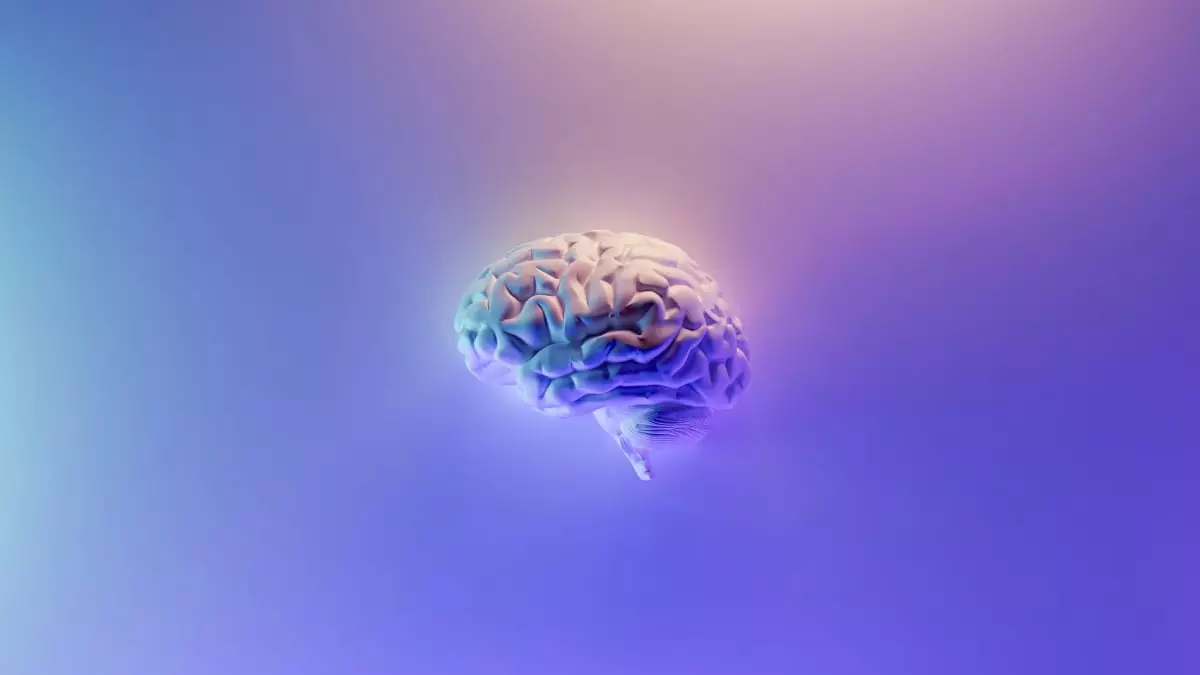Recent advancements in neuroscience have propelled the exploration of how memories are stored and potentially retrieved from the brains of those who have passed away. As researchers dive deeper into the enigmatic workings of memory, a significant breakthrough has been the identification of engrams—biological markers created by networks of neurons that correspond to specific memories. This discovery prompts a fascinating, albeit daunting, question: could we ever access the memories of the deceased? Despite the tantalizing possibility, the technical challenges remain substantial, leading to a predominantly theoretical discourse.
Within the brain’s architecture, the hippocampus stands out as a pivotal region for memory acquisition and storage. Scientific investigation has demonstrated that this segment not only stores memories but does so by creating intricate neural connections through synaptic interactions. Each engram comprises a collection of neurons, with memories crystallizing over time and becoming entrenched within varied brain areas. This elaborate process sparks the curiosity of scientists but also introduces multifaceted complexities in the context of retrieving memories after death.
One of the most challenging elements in the quest for memory retrieval lies in the nature of human memory itself. Memory is not a static repository of facts; rather, it exists as a fluid construct that can change over time. Charan Ranganath, a prominent neuroscientist, emphasizes that memories are inherently reconstructive. Individuals often disperse details and fill in the blanks through interpretation, leading to a diverging representation from the original experience. Therein lies a significant obstacle for any attempt to extract memories from the deceased, as the veracity and completeness of those memories may be lost to time and subjective interpretation.
Despite the theoretical frameworks suggesting that it may one day be possible to access these engrams, we currently lack the technology to effectively map and interpret an individual’s neural patterns throughout their lifetime. Continuous brain monitoring and advanced imaging techniques would be essential to create a comprehensive blueprint of memory formation and recall. Without such innovations, the efforts to simulate or resurrect a deceased individual’s memories remain out of reach.
Experts largely concede that the memories, experiences, and insights that characterize a person’s life are ineffably tied to their existence. The consensus is that, once a person passes away, so too do their unique recollections. Without reliable methodologies for extracting or recreating memories, the notion of retrieving someone’s lived experiences remains a domain of speculation rather than reality. However, the journey to understand memory opens intriguing avenues for future exploration, underscoring the complexity of our neural architecture and the impermanence of individual experience. While the potential to access memories from beyond the grave captivates the imagination, it also highlights the profound intricacies of human cognition and the definitive nature of memory.


Leave a Reply